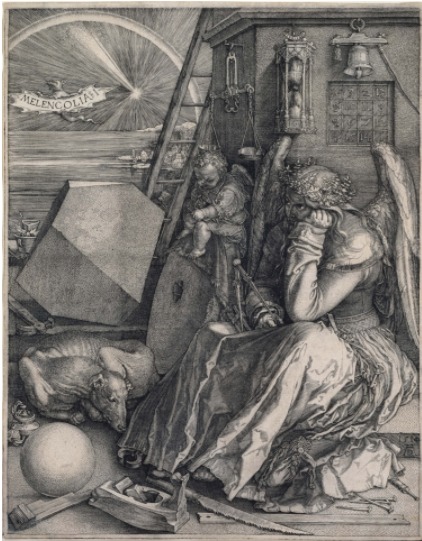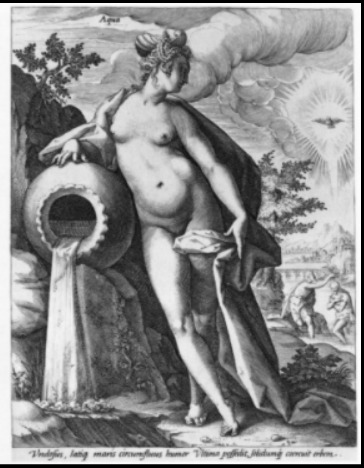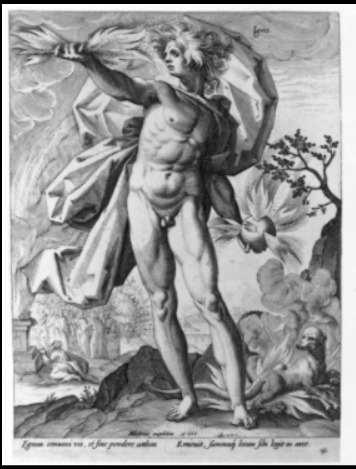It's Humor, but not very funny
The 16th century is referred to by Domenico Laurenza as “‘The century of anatomy” [1] Before the 16th century, the humoral theory dominated the world of medicine. The ancient Greek scholar Hippocrates is credited with developing the four humors. The humors were based on the elements of the universe, air, water, fire, and earth.[2] The four temperaments or “humors” are blood (sanguine), phlegm (phlegmatic), black bile (melancholic), and yellow bile (choleric). Humors were attributes for specific genders and influenced emotions and physique. Women were said to be cold and moist, while men were hot and dry.[3] Distinctions like this were long believed since the time of Hippocrates and were essential in medicinal remedies and suitability of ailments. Humoral theory was based in science but became deeply tied into religion.[4] An imbalance of a humor caused diseases that would be treated by increasing or decreasing the humor afflicted. “Some imbalanced conditions were worse than others, however. Since Adam bore less blame for the original sin, he and his male descendants…kept them hotter than women. Eve’s guilt being greater, the inferior cold-wet phlegmatic humor began to rule her body.”[5]
According to humoral theory, if a woman was upset or depressed for a long time a physician would say she had too much black bile due to her being cold and dry when she is at a cold and wet state naturally.[6] Albrecht Durer’s engraving, Meloncolia I in 1514 is a depiction of the characteristics of melancholic women[fig.1]. Her furrowed brow, disheveled clothes, and the scale beginning to tip, all are depictions of an internal imbalance of black bile that is causing her to be melancholic. Works like Hendrik Goltzius’s Fire and Water depict a masculine male with control over the element of fire and a soft curvy female with water pouring from a jug [fig. 2 and 3]. The choice of which sex depicts which elements in Goltzius’s engravings show how the theory of humors influenced gender.[7] Information about humors was important for understanding anatomy, gender, and medicine before the 15th century. With Humorism falling out of favor, modern organ pathology became the standard for scholarly men.
[1] Domenico Laurenza, Art and Anatomy in Renaissance Italy: Images from a Scientific Revolution, translated by Frank Zichello (New York: Metropolitan Museum of Art, 2012), 5.
[2] See Thompson, The Wandering Womb: a Cultural History of Outrageous Beliefs about Women.
[3] Body temperature was a crucial variable of biological differences in men and women. In 1628 essayist Owen Felltham wrote “Of Women”, where he explains that by constitution women were colder than men, because few people disagreed, the newly invented thermometer was not used to disprove his theory. See Zirka Z. Filipczak. Hot Dry Men, Cold Wet Women: The Theory of Humors and Western European Art 1575-1700 (New York: American Federation of Arts, 1997), 8.
[4] Filipczak discusses how religion got mixed into humoral theory when the Catholic Church did not want to break away from antiquity.
[5] Flipczak disscuses how Adam and Eve are key figures in the churches argument for the humoral theory.
[6] See Thompson, The Wandering Womb: a Cultural History of Outrageous Beliefs about Women.
[7] Filipczak, Hot Dry Men, Cold Wet Women: The Theory of Humors and Western European Art 1575-1700.


